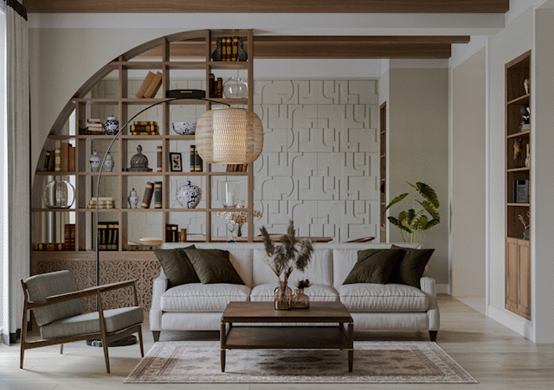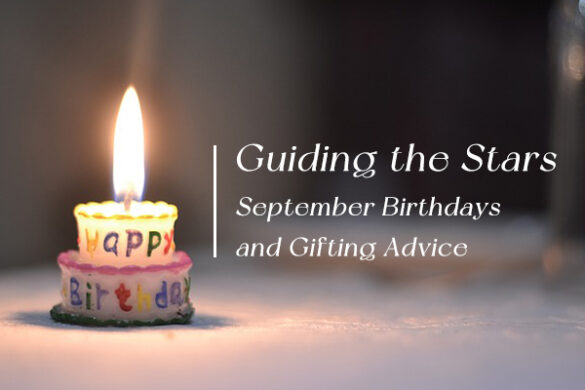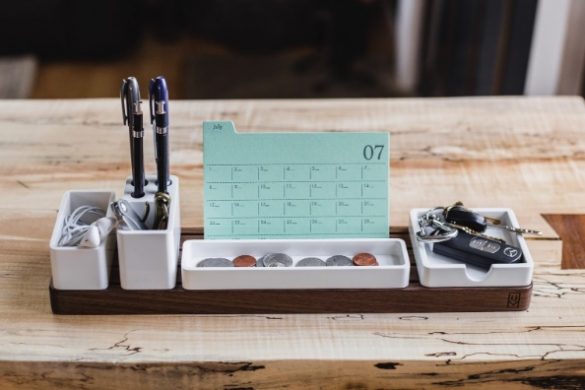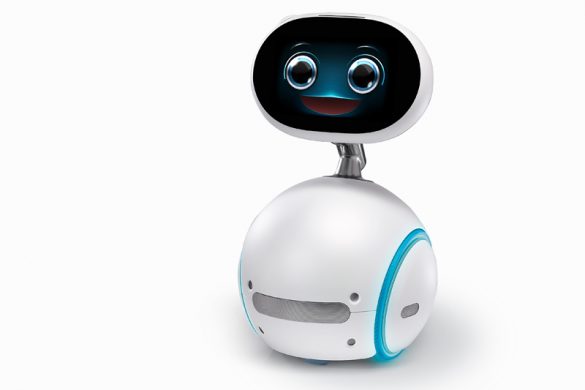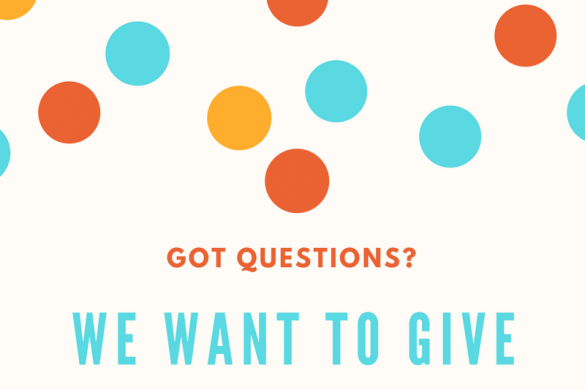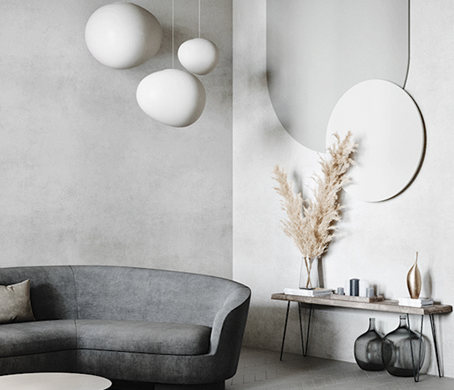On January 24, 2017, we attended our first Augmented Reality Bay Area (ARBA) meetup hosted at the Runway Incubator in San Francisco. On display were a number of innovative AR and VR products displaying new ways to use the technology.
VicoVR – Depth Sensing VR Headset produces Body Tracking
A company called Ultrahaptics created an ultrasound matrix which sends out air pressure based on the computer display. In virtual reality, this makes feeling virtual objects possible. However, an ultrasound board only gives off force from one direction. To resolve this issue, a cube-shaped array can be created with multiple boards. This could be a good plugin for an automobile control screen like those in Tesla cars. Ultrahaptics can provide the feeling of real buttons so people don’t need to look at their panel while driving. See video below for a demonstration:
Main Presentation
Wearing HoloLens in daily life requires a very strong mind! The presentation started with Occipital demonstrating a smart mixture of AR and VR. They created a headset for iPhone which includes a depth camera. In their demo, they used the depth camera to scan the room and create a 3D mesh model of the space. The texture is created from the iPhone camera. The model is loaded into the VR headset and becomes an AR environment after generating the 3D mesh. This is an offline real world mapping trick that takes advantage of 3D reconstruction functions. As a result, the system may not be ready to process real-time point cloud data.

Occipital Bridge
The next presenter, Yowza, showcased a new idea to convert our real living space into a digital world. Their idea was to capture and upload the raw mesh of a space into their cloud. The point cloud is segmented and classified into different, completed furniture models within the dataset after the raw mesh is uploaded. Then, the 3D models replace the raw mesh. Ideally, these would create a completed 3D scene for a VR environment. The topics of 3D object recognition and 3D segmentation are currently popular trends for conferences such as SIGGRAPH and CVPR. This company’s idea would be a very good feature for VR.

Galia Shwartz demonstrating Yowza
The final presentation was a Tango-based demo from Clever Robot Labs. It gathers 3D point cloud information from the Tango phone to recognize the ceiling, floor, table, bed (etc) in real time. It dynamically replaces them with VR content. The algorithm can replace a real table based on the point cloud to scale the virtual table properly. See the result:
How We Fit In
After the final demonstration, new members introduced themselves and provided job information. We had a good conversation with Ori Inbar, Founder of AugmentedReality.org and Super Ventures, who helped put on the event. Inbar was very interested in the augmented reality shopping initiative we are working on. We soon hope to become a part of the Augmented Reality Bay Area community with our AR shopping technology.
-Xing Zhang, Head of Research and Development

Ori Inbar from Super Ventures with Will Li, Apollo Box CEO
At Apollo Box, we are passionate about fun and unique gifts. We created an innovative AR shopping platform to make shopping even more fun. We want you to discover something you are so excited about that you want to share it with your friends. Sign up with us to get informed about innovative technology and products.



